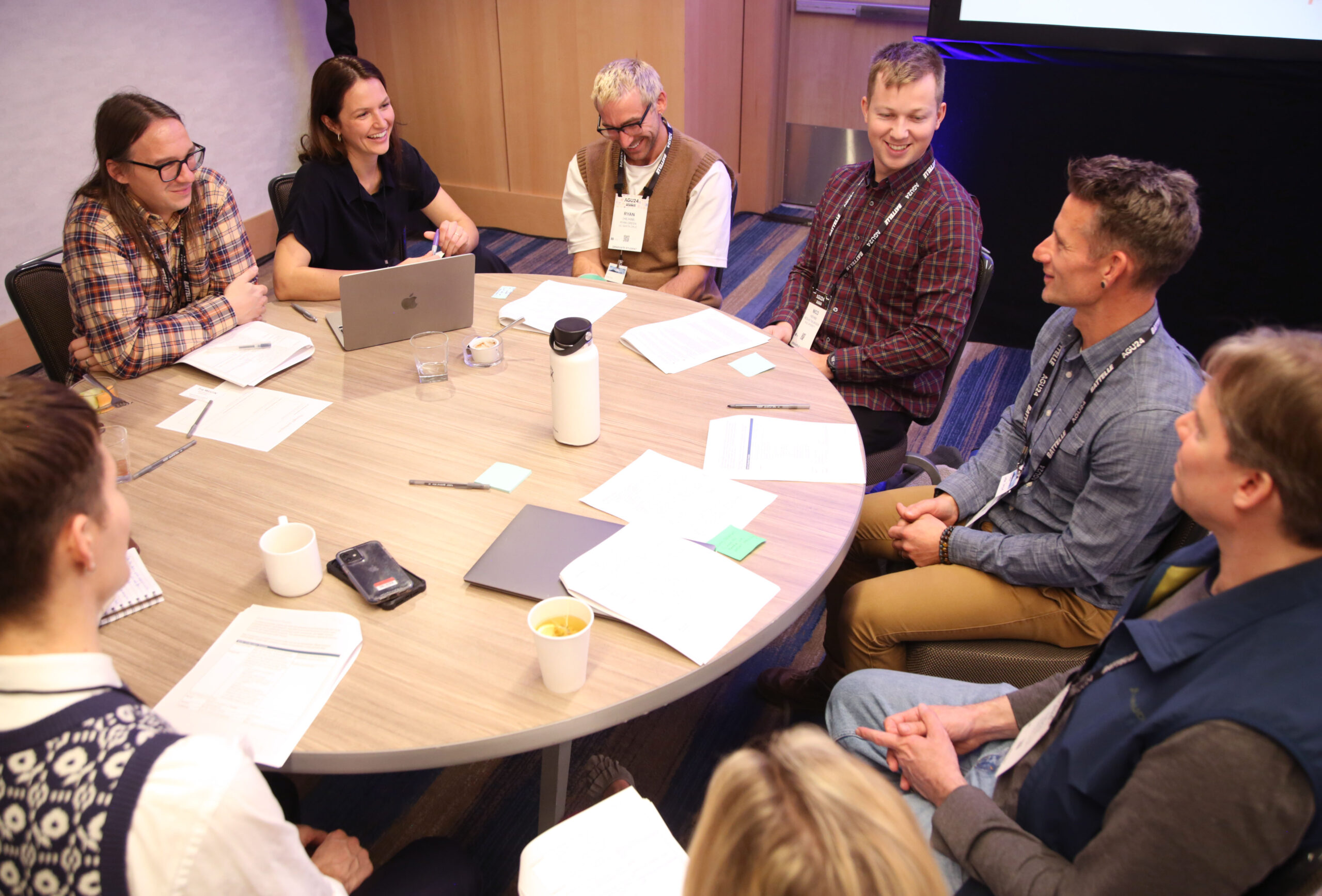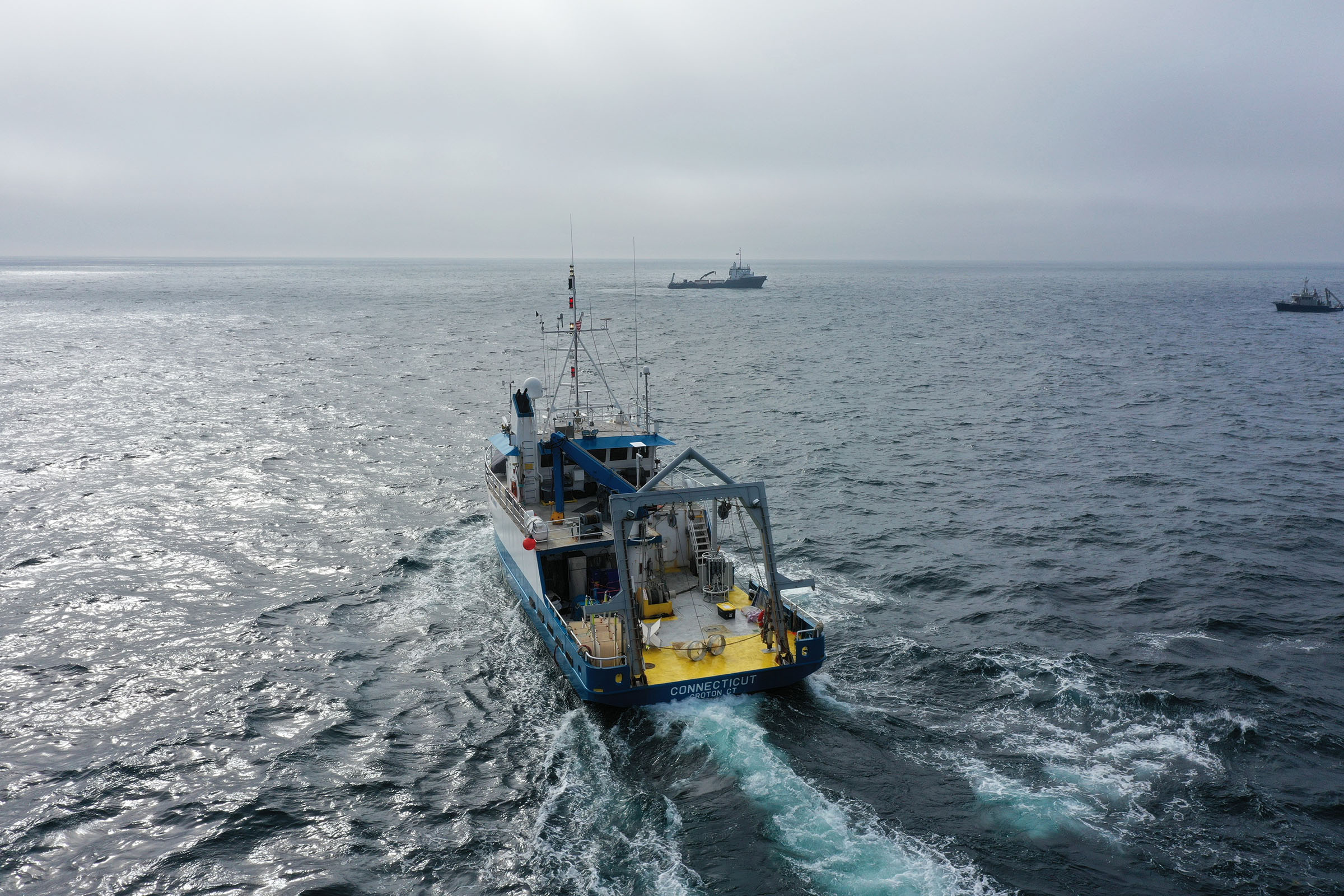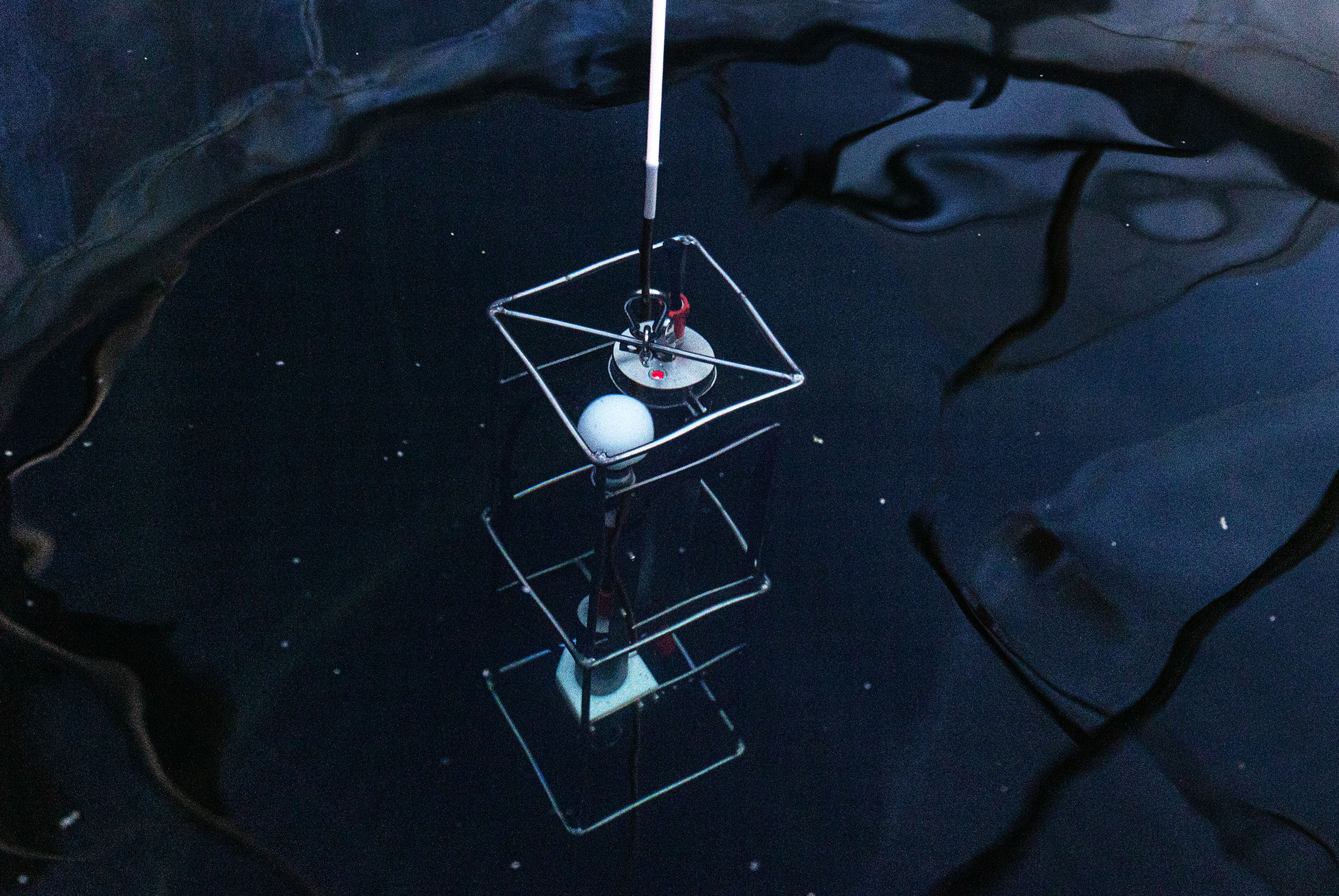In collaboration with the National Oceanic and Atmospheric Administration (NOAA), Submarine Scientific, and nearly 100 leading ocean researchers, Carbon to Sea is proud to share the Ocean Alkalinity Enhancement (OAE) Data Management Protocol. This is a first-of-its-kind framework for how to prepare, document, and share data from OAE field research.
“Standardized, transparent data is the backbone of credible science,” said Jacki Long, Co-Founder of Submarine Scientific. “With this protocol, we’re giving researchers, regulators, and communities a shared foundation to compare results, learn, and build trust in ocean-based carbon removal.”
“This collaborative effort between NOAA and Carbon to Sea represents one of the first attempts to establish common ground in standardizing metadata and data across government agencies, NGOs, and private companies. The outcome, which was built on decades of data management achievements among the ocean carbon and ocean acidification research community, will help ensure that data of the same type can be discovered, accessed, and used consistently,” said LiQing Jiang, Research Scientist at the University of Maryland and Principal Investigator of NOAA’s Ocean Carbon and Acidification Data System (OCADS).
This protocol outlines recommendations for producing consistent data and metadata for OAE and will make it possible to compare and interpret field research. It is a foundation for how the OAE community will build a shared body of evidence about the potential, limits, and safety of ocean-based carbon dioxide removal (oCDR).
Why the Protocol Matters
Until now, OAE research projects have generated valuable data, but in formats that made cross-study comparison difficult. As this field of research develops, it is increasingly important to build upon existing standards to develop practices that can tackle the specifics of OAE. Without such standards, each project could use slightly different variable names, metadata fields, and reporting timelines. That fragmentation limited the ability of researchers, regulators, and stakeholders to combine datasets for broader analysis.
This new protocol creates a standardized system that makes OAE data comparable, transparent, and practical. By establishing a common protocol, scientists can now accelerate efforts to build on foundational research, proceed safely to in-water field trials, and more quickly advance our collective understanding of OAE’s potential as a CDR solution.
What Data Does the Protocol Cover?
The protocol applies to a wide range of data that OAE field projects generate, including:
- Sensor data
- Carbonate chemistry measurements
- Model code and outputs
- Sediment data
- Social Science data
By including a broad set of inputs, the protocol enables a more complete picture of OAE in the field.
Who is the Protocol For?
The protocol is designed to support the diverse set of actors working on OAE, including:
- Data producers (researchers, nonprofits, private developers).
- Funders and granting agencies, who need consistent data for accountability.
- Registries and verifiers, who require transparent documentation for project claims.
- Regulators, who need confidence in the quality and comparability of OAE results.
In practice, this means that whether you are an academic measuring carbonate chemistry, a developer submitting data for verification, or a registry archiving project outputs, this protocol offers clear timelines, controlled vocabularies, and submission templates to guide your work.
How Was the Protocol Developed?
The protocol was developed through extensive collaboration and incorporates feedback from several rounds of public review, workshops, meetings, and conversations with key contributors in order to reflect the diverse expertise and perspectives of the oCDR research community. Two workshops were held to solicit inputs from leading experts in the field – including a workshop hosted by Carbon to Sea at AGU 2024 – to ensure the protocol is both flexible and rigorous.
Several working groups were also established to gather feedback on early drafts of the protocol and specific inputs from experts on biology, sediment processes, and social sciences. More information on the experts and organizations that participated can be found in the Acknowledgements section of the full protocol document, and includes a wide range of academic, non-profit, private sector oCDR and sensor technology companies, and carbon registries.
We also extend our thanks to LiQing Jiang, archives affiliate for oCDR at NOAA and Coordination Team member, and the Steering Team, who provided invaluable data management expertise and insights from ongoing OAE field trials. This includes Ruth Musgrave, Assistant Professor at Dalhousie University, David “Roo” Nicholson, Associate Scientist at the Woods Hole Oceanographic Institution, Gabby Kitch, former Marine Carbon Dioxide Removal Lead at NOAA.
In support of increased standardization, several sections in the protocol have been built off of existing standards developed by NOAA’s Ocean Carbon and Acidification Data System (OCADS) for general oceanographic metadata, controlled vocabularies (Jiang et al., 2023 a & b), and data standards for various oceanographic observation types. Column header names for common oceanographic variables have been leveraged from NOAA-OCADS, NASA SeaBASS, and BGC-Argo.
What’s Next?
Supported by programs within NOAA and Carbon to Sea, the protocol will undergo annual reviews to incorporate new scientific findings and feedback to make sure it remains relevant as the field evolves.
The full protocol is available HERE and we encourage oCDR researchers to use it as a guide and resource as we work together to advance our understanding of the field. Any questions can be directed to Jacki Long at data@carbontosea.org.
Editor’s note: This work was performed under a Cooperative Research and Development Agreement (CRADA) between NOAA and Carbon to Sea. However, the views expressed herein are not necessarily those of NOAA, the Department of Commerce or the U.S. Government.



